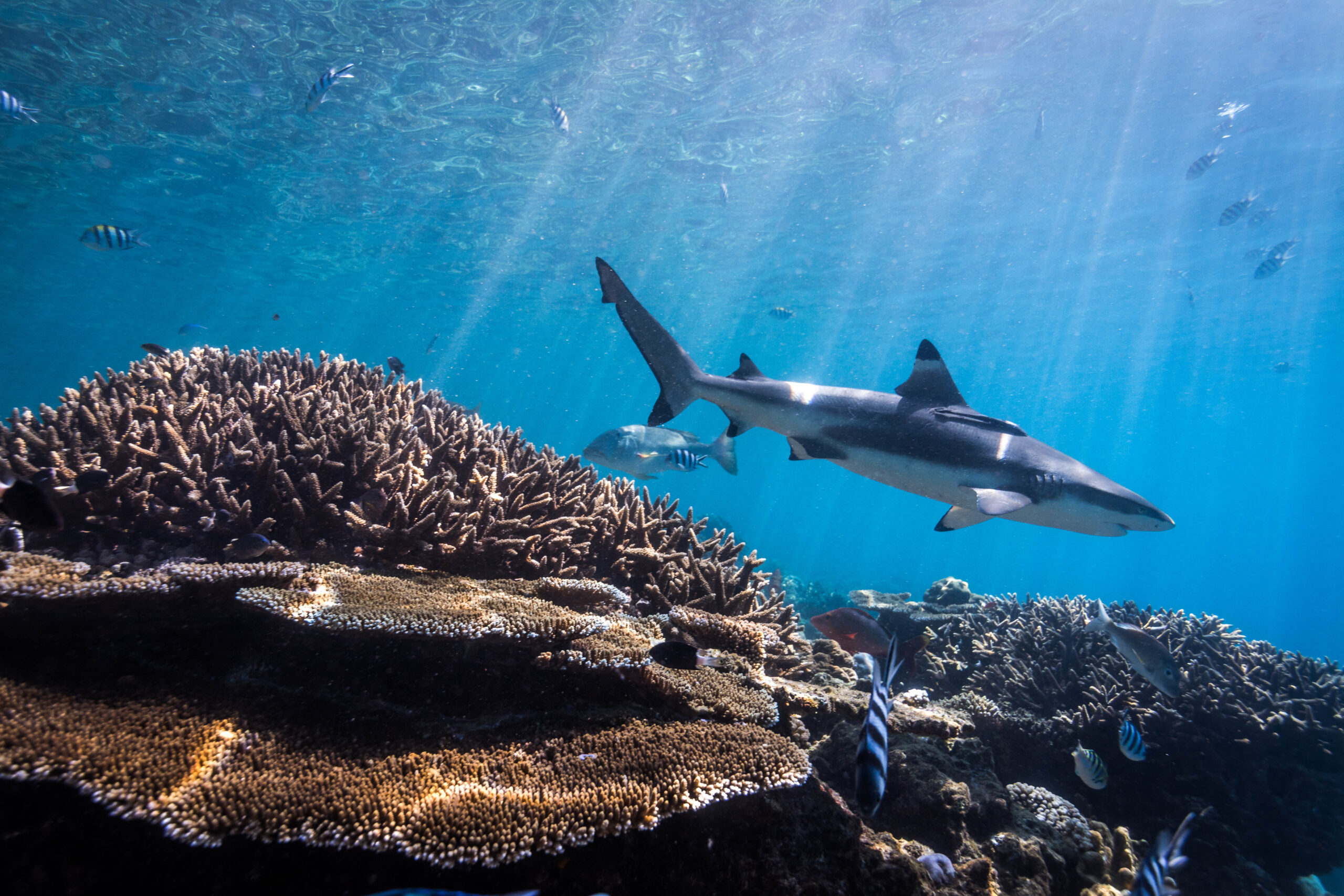Abstract: Background- Molecular mechanisms underlying coral larval competence, the ability of larvae to respond to settlement cues, determine their dispersal potential and are potential targets of natural selection. Here, we profiled competence, fluorescence and genome-wide gene expression in embryos and larvae of the reef-building coral Acropora millepora daily throughout 12 days post-fertilization. Results- Gene expression associated with competence was positively correlated with transcriptomic response to the natural settlement cue, confirming that mature coral larvae are “primed” for settlement. Rise of competence through development was accompanied by up-regulation of sensory and signal transduction genes such as ion channels, genes involved in neuropeptide signaling, and G-protein coupled receptor (GPCRs). A drug screen targeting components of GPCR signaling pathways confirmed a role in larval settlement behavior and metamorphosis. Conclusions- These results gives insight into the molecular complexity underlying these transitions and reveals receptors and pathways that, if altered by changing environments, could affect dispersal capabilities of reef-building corals. In addition, this dataset provides a toolkit for asking broad questions about sensory capacity in multicellular animals and the evolution of development.
Author: Strader, M.E., G.V. Aglyamova, and M.V. Matz
Year: 2018
View Full Article
Email for the full article: resilience@tnc.org
BMC Genomics 19(1). doi:10.1186/s12864-017-4392-0


